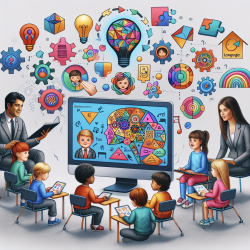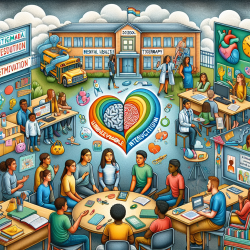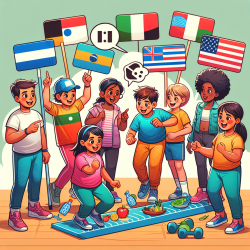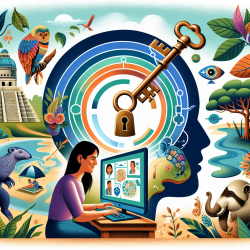As practitioners dedicated to improving the lives of children, it's essential to rely on data-driven decisions and validated tools. One such tool is the KIDSCREEN-52 health-related quality of life (HRQoL) questionnaire, which has been rigorously tested for reliability and validity in various populations, including Greek adolescents. This blog will delve into the findings from the study titled "Reliability and validity of the KIDSCREEN-52 health-related quality of life questionnaire in a Greek adolescent population" and discuss how these insights can enhance your practice.
Key Findings of the Study
The study involved a representative sample of 1,194 Greek adolescents aged 11 to 17 years. The KIDSCREEN-52 questionnaire was found to have high internal consistency reliability, with Cronbach's alpha values above 0.73 for all dimensions. The confirmatory factor analysis (CFA) showed that the ten-dimensional model fit the data well, with RMSEA = 0.048, CFI = 0.971, and GFI = 0.965.
Significant correlations were found between KIDSCREEN-52 dimensions and the Strengths and Difficulties Questionnaire (SDQ) dimensions, further validating the tool. For instance, the correlation between the KIDSCREEN-52 moods and emotions dimension and the SDQ emotional symptoms subscale was -0.58.
Implications for Practice
The study's findings have several practical implications for practitioners:
- Use of Reliable Tools: The KIDSCREEN-52 has proven to be a reliable and valid tool for assessing HRQoL in adolescents. Incorporating this tool into your practice can provide a comprehensive understanding of a child's well-being across multiple dimensions.
- Targeted Interventions: The study found that adolescents from lower socioeconomic backgrounds and those with chronic health conditions had lower HRQoL scores. This highlights the need for targeted interventions to support these vulnerable groups.
- Holistic Approach: The ten dimensions of the KIDSCREEN-52 cover physical, psychological, and social aspects of quality of life. This holistic approach ensures that all facets of a child's well-being are considered, leading to more effective and comprehensive care plans.
Encouraging Further Research
While the KIDSCREEN-52 is a robust tool, continuous research is crucial for its ongoing validation and improvement. Practitioners are encouraged to participate in or initiate further studies to explore its applicability in different cultural contexts and clinical conditions. This will not only contribute to the field but also enhance the quality of care provided to children.
Conclusion
The KIDSCREEN-52 questionnaire is a valuable asset for practitioners focused on improving child health outcomes. By leveraging its validated dimensions, practitioners can make informed decisions, develop targeted interventions, and adopt a holistic approach to child care. To delve deeper into the original research, please follow this link: Reliability and validity of the KIDSCREEN-52 health-related quality of life questionnaire in a Greek adolescent population.










